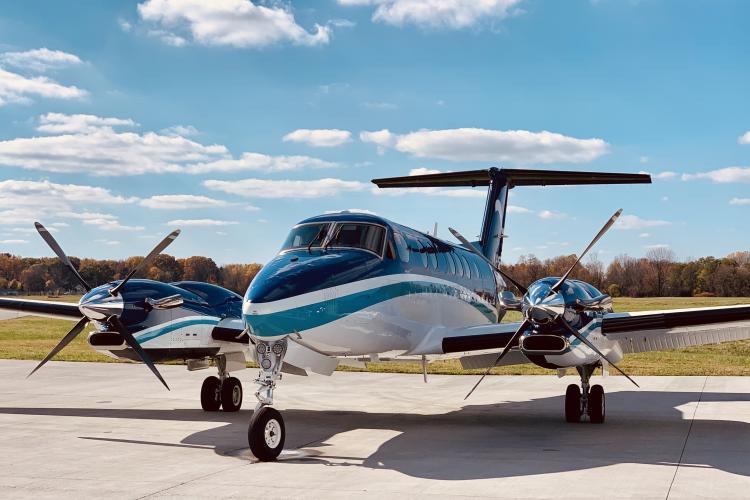
Credit: NOAA
Specifications
About the aircraft
NOAA operates two Beechcraft King Air 350 CERs and one King Air 360CER. These versatile, twin-engine, extended-range turboprop aircraft primarily support coastal mapping, snow and soil moisture surveys, and emergency response missions.
The aircraft feature two large downward-facing sensor ports that can support a wide variety of remote sensing systems, including digital cameras, multispectral and hyperspectral sensors, topographic and bathymetric LIDAR systems, and gamma radiation detectors.
Normal aircraft configuration includes seating for two pilots, a sensor operator, and 1-2 additional crew members, depending on the amount of sensor equipment installed. With extended range capabilities, this aircraft can collect critical information while remaining airborne for 7 to 8 hours depending on fuel and payload.
The dual-sensor port modification allows simultaneous data collection from multiple sensors, enhancing sensor capabilities. Optical grade glass plates in the sensor ports allow the cabin to remain pressurized; the optical plates can be removed and the aircraft operated unpressurized, if required for science.

